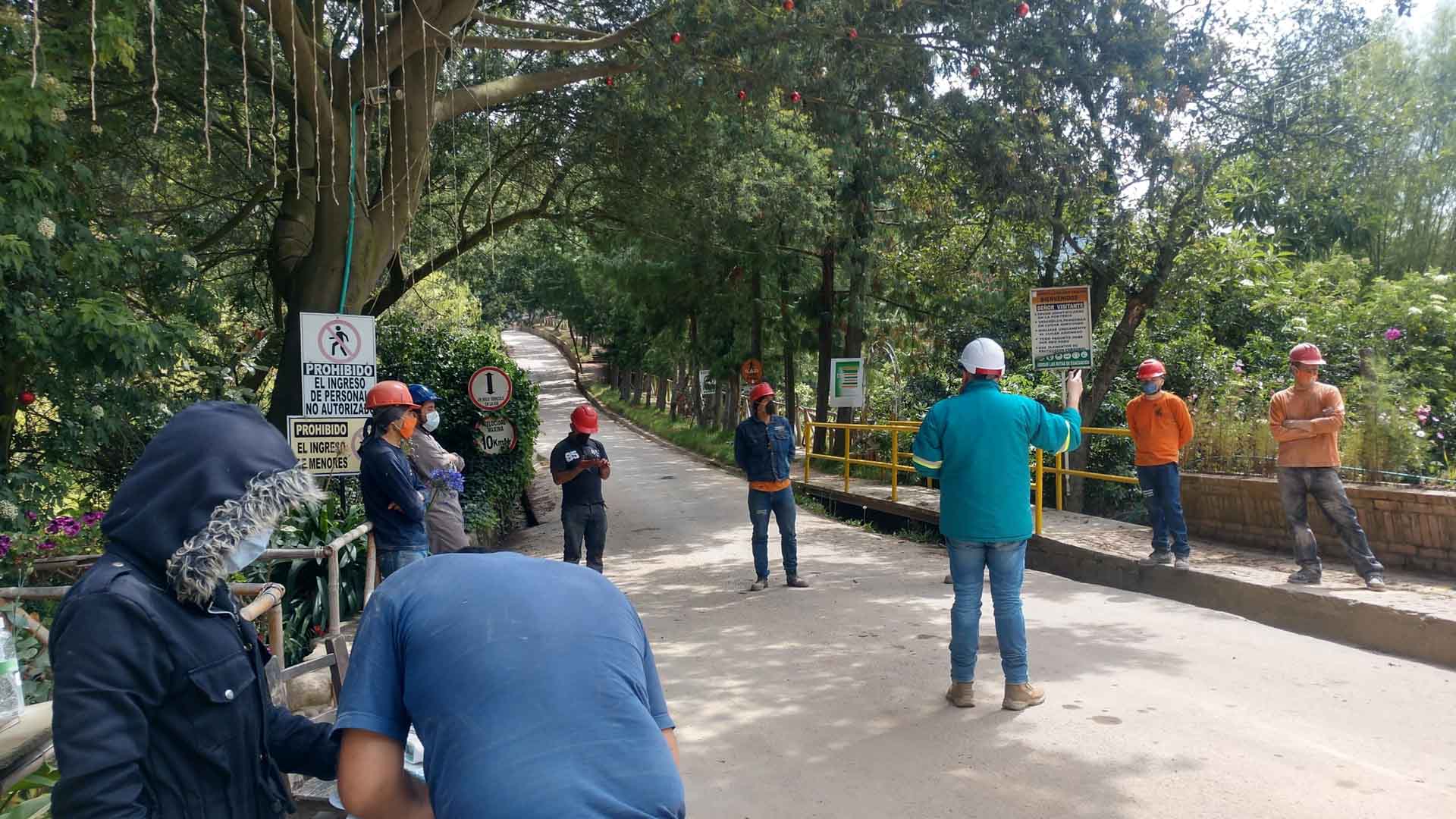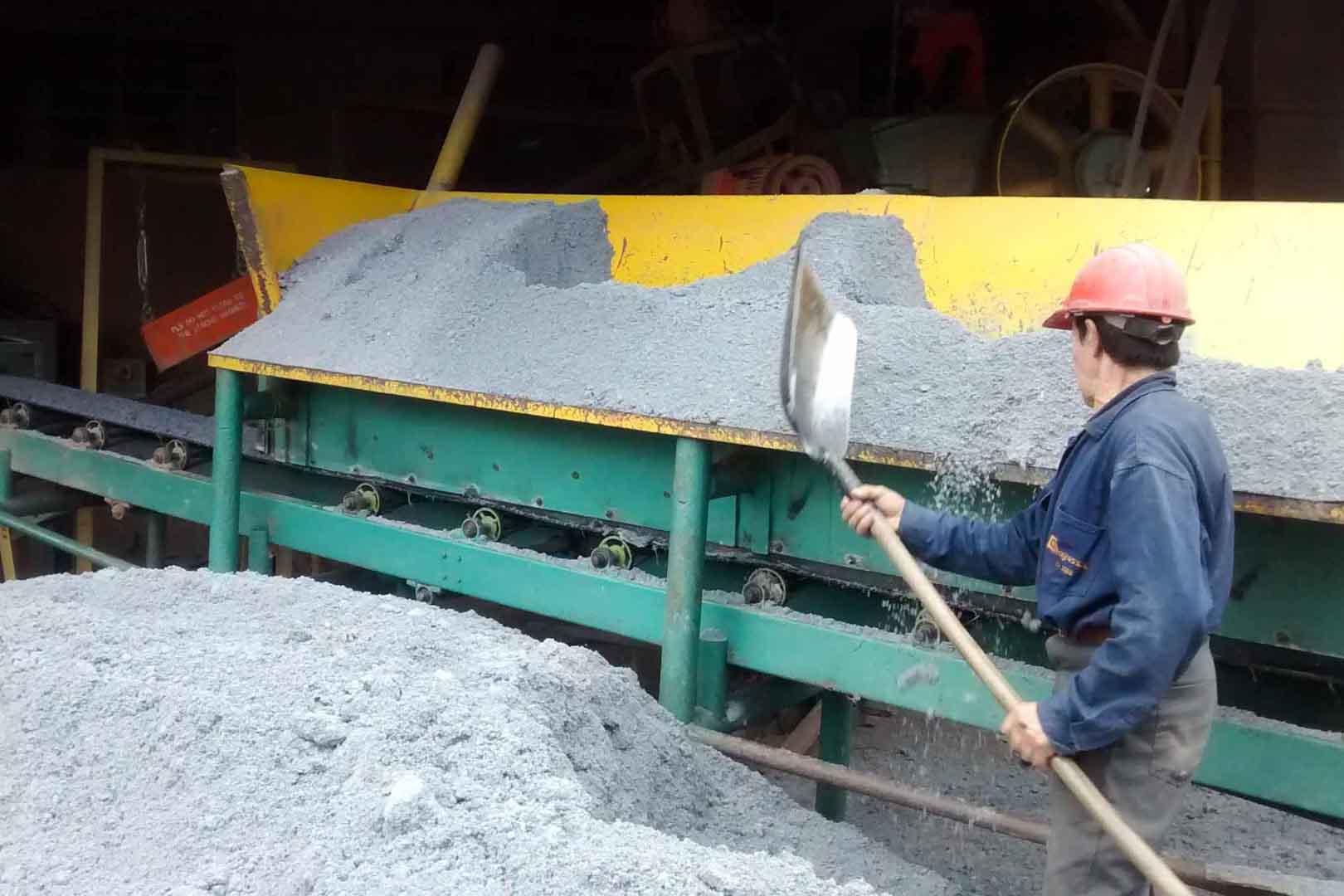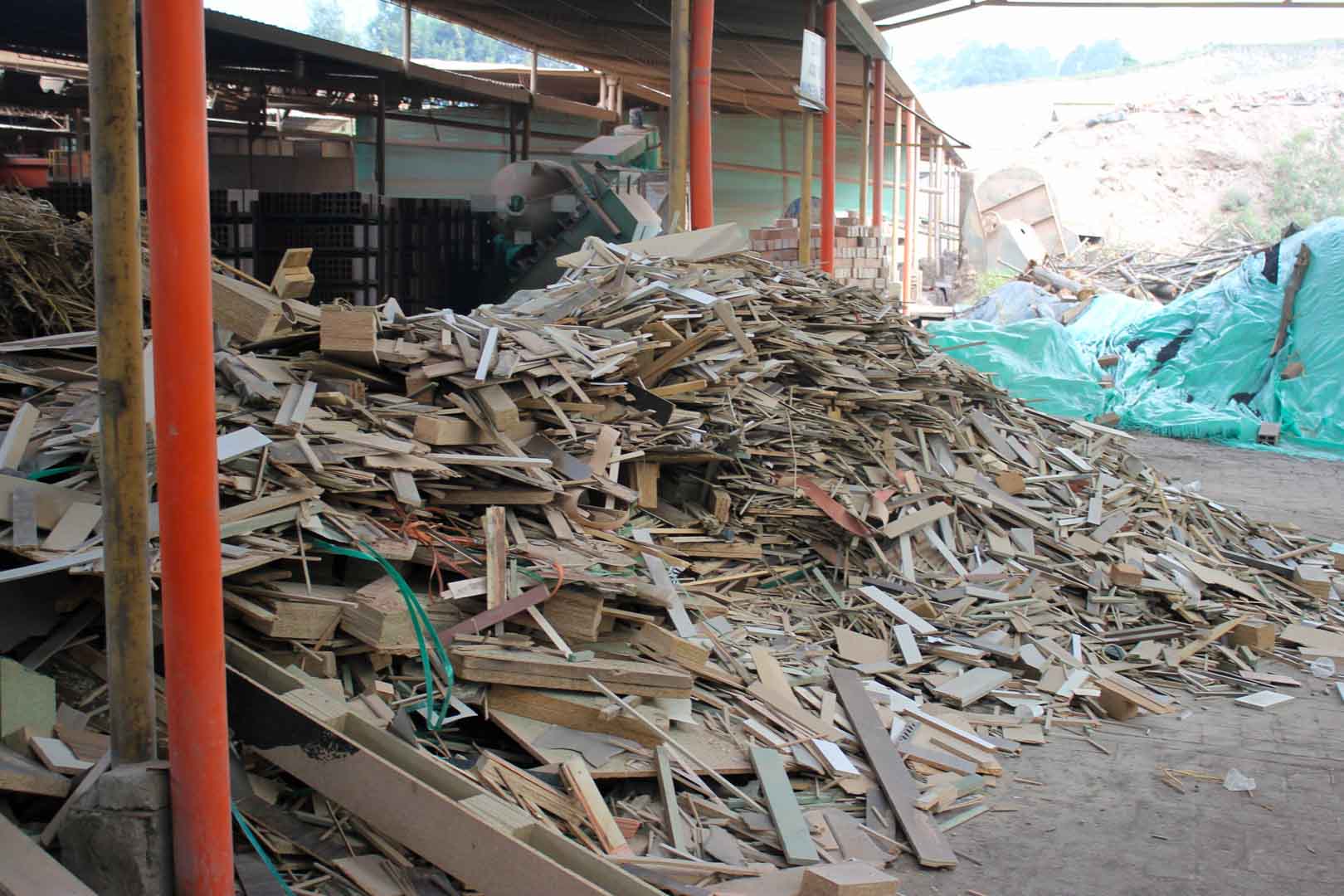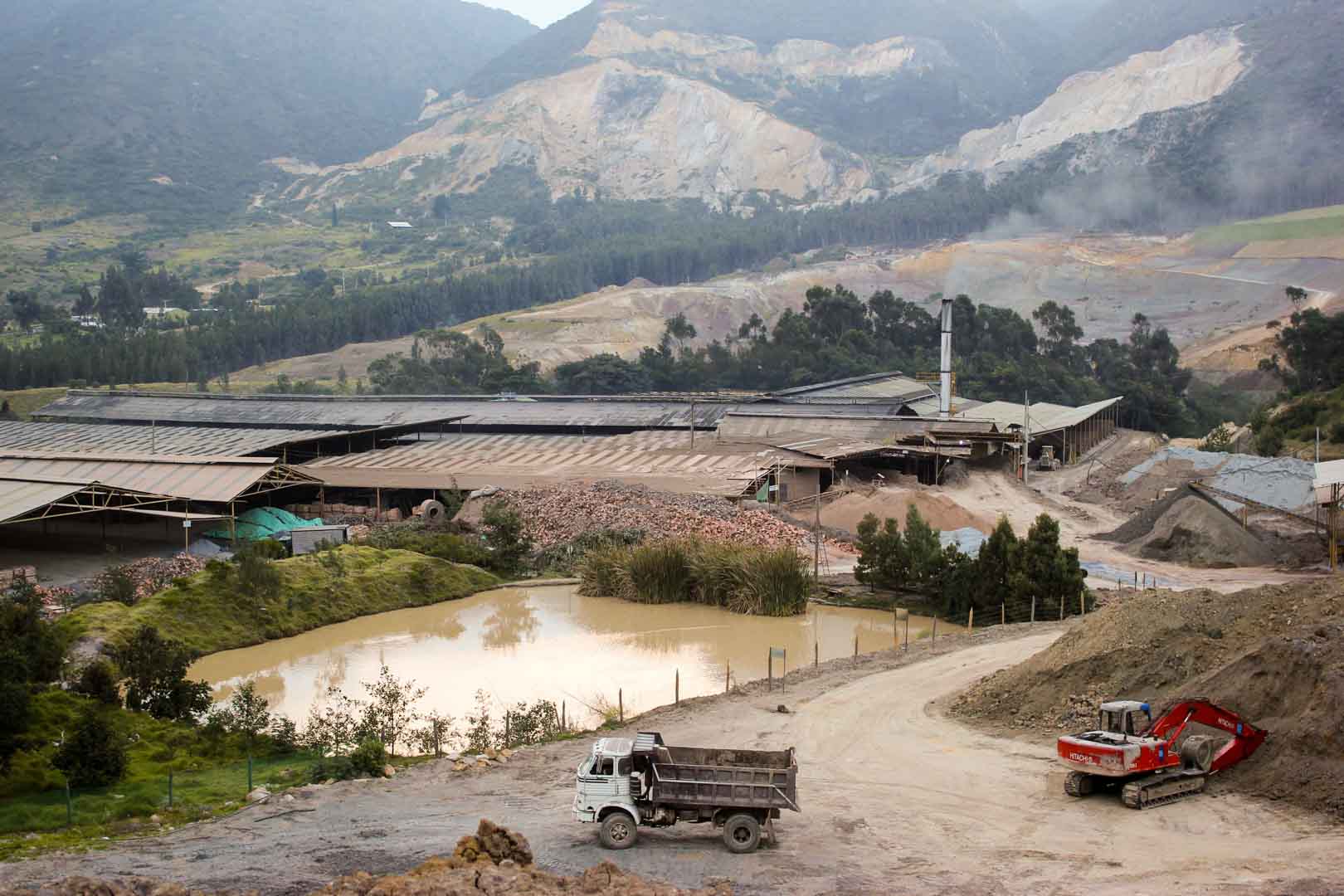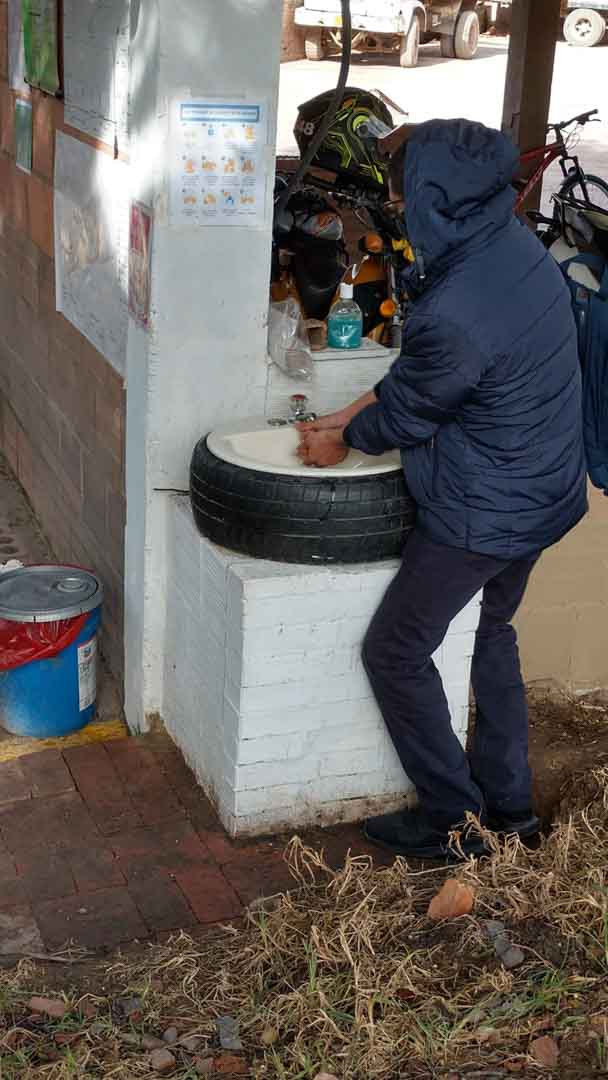Fossil-fuel phase-out with biomass
Soacha is a fast-growing suburb in the metropolitan area of Bogotá. Young people from rural areas try their luck there; others had to leave their villages during the civil war. Countless simple mud brick houses are being built, and brick kilns make a good living. Since coal is cheaply available in Colombia, nearly all of the region's brickyards use it to fire their kilns.
Except for the Santander brickyard, that is. Its owner, Miguel Diaz, has converted his business so that it operates modern, energy-efficient kilns – and he also runs them with up to 80 percent renewable biomass. This way, the brickyard saves around 18,470 tonnes of carbon emissions each year.
This exclusive ClimatePartner carbon offset project was the first project in Colombia to receive Gold Standard certification.

How biomass projects help contribute to climate action
Biomass refers to organic residues such as tree branches, leaves, sawdust, wood chips or coconut shells. Those are of a biogenic, non-fossil nature that can be used to generate renewable energy. One way to generate renewable energy, among others, is to fire kilns using biomass. This process prevents harmful smoke and large quantities of CO2 to be released.
As an additional greenhouse gas reduction measure, biomass climate projects mostly prevent biomass from rotting in the open air, so that no methane (CH4) is released. Biomass projects in the ClimatePartner portfolio are registered with international standards.
Explore our projects
Biochar for Climate Action, Healthy Soils, and Better Harvests

A certified climate project combined with additional commitment

Expansion of renewable energy generation in Asia

Ceramic water filters save CO2 and improve health

Improved cookstoves worldwide – for better health and cleaner air

A certified climate project combined with additional commitment

Powering access to renewable energy in Africa

A certified climate project combined with additional commitment

Restored ecosystems remove carbon

Turning degraded farmlands into healthy ecosystems

Improved cookstoves - better for health and the environment
